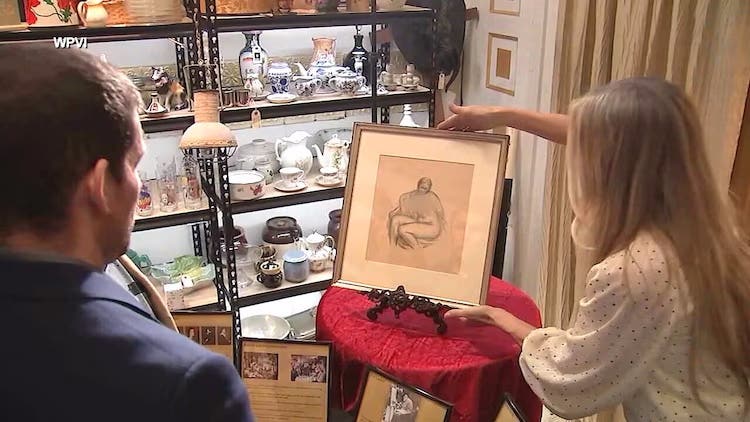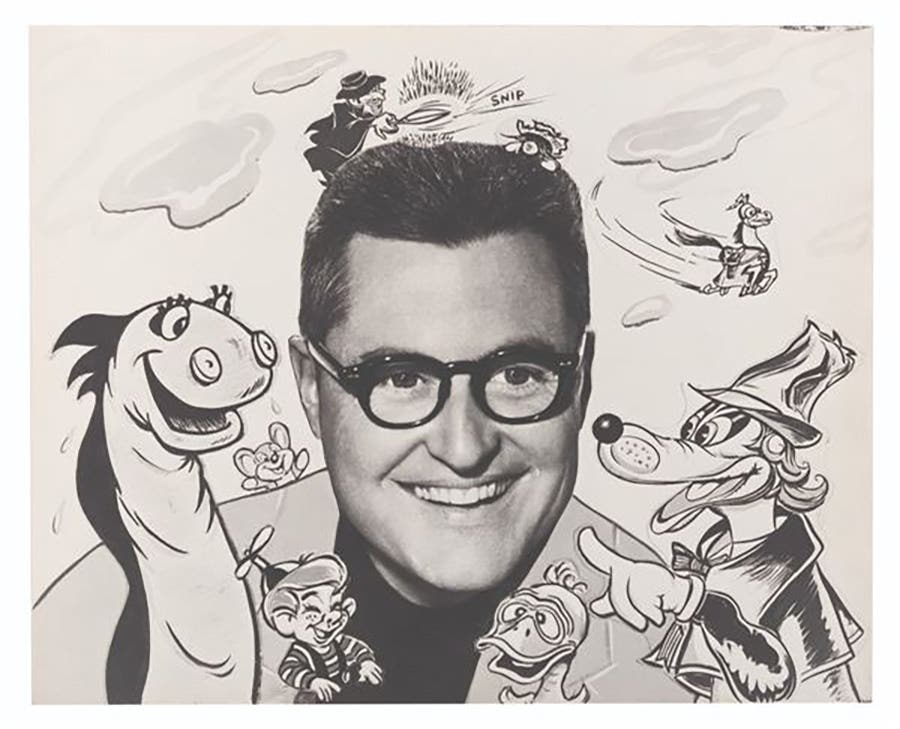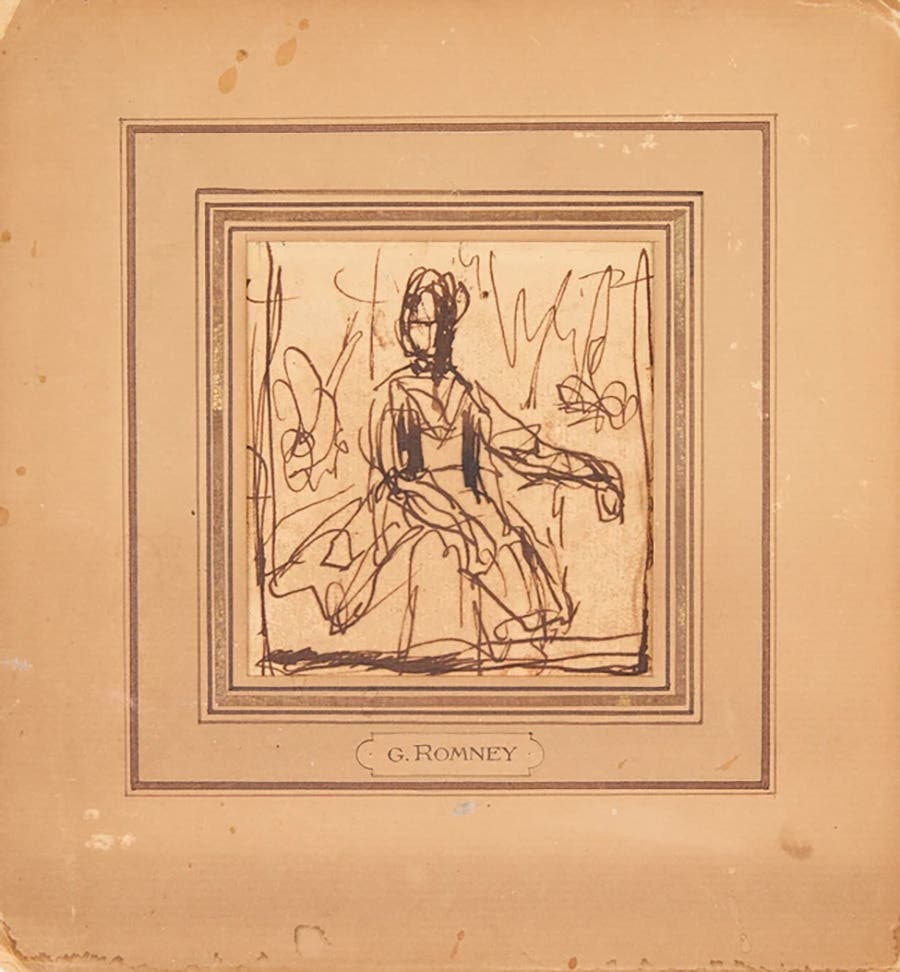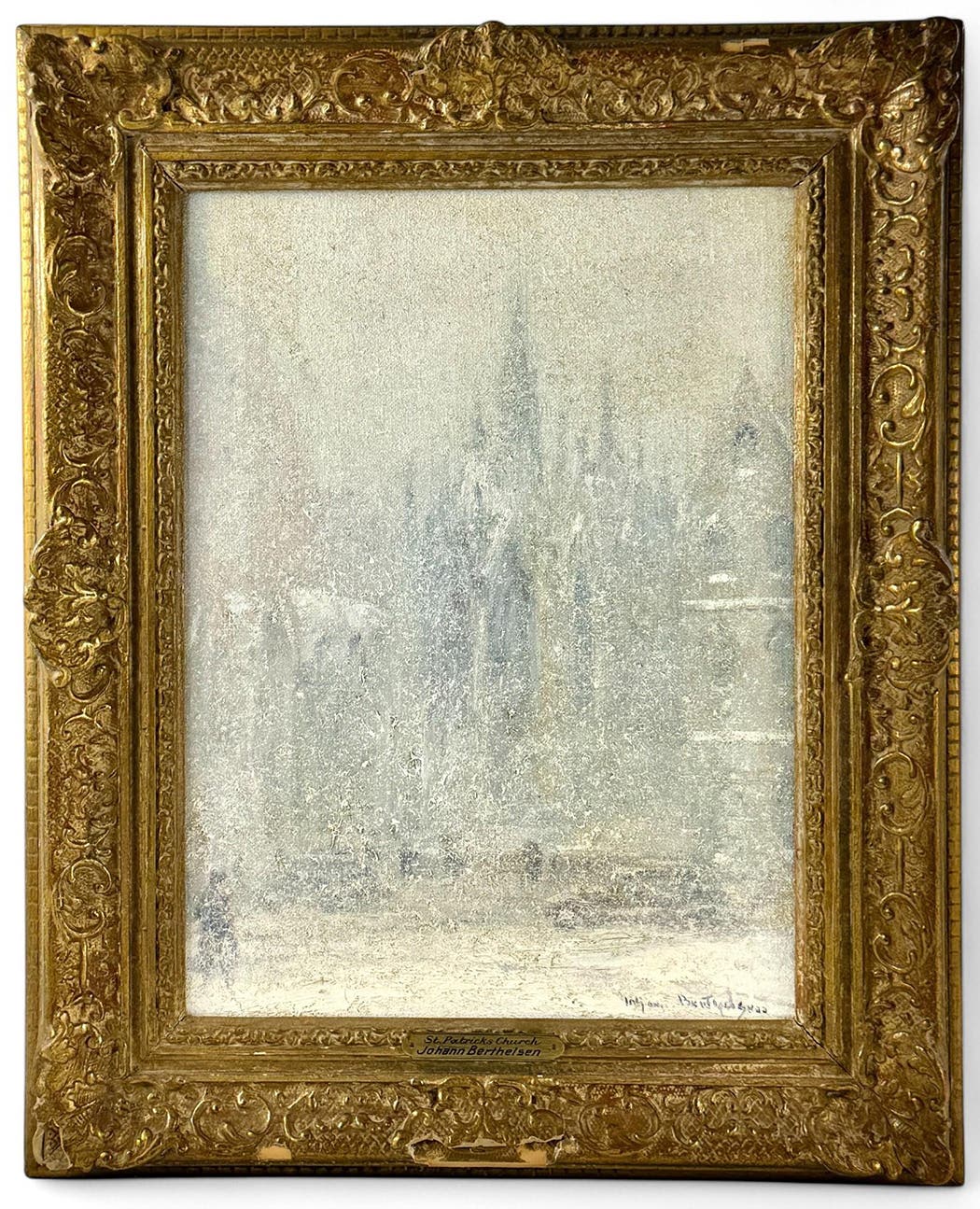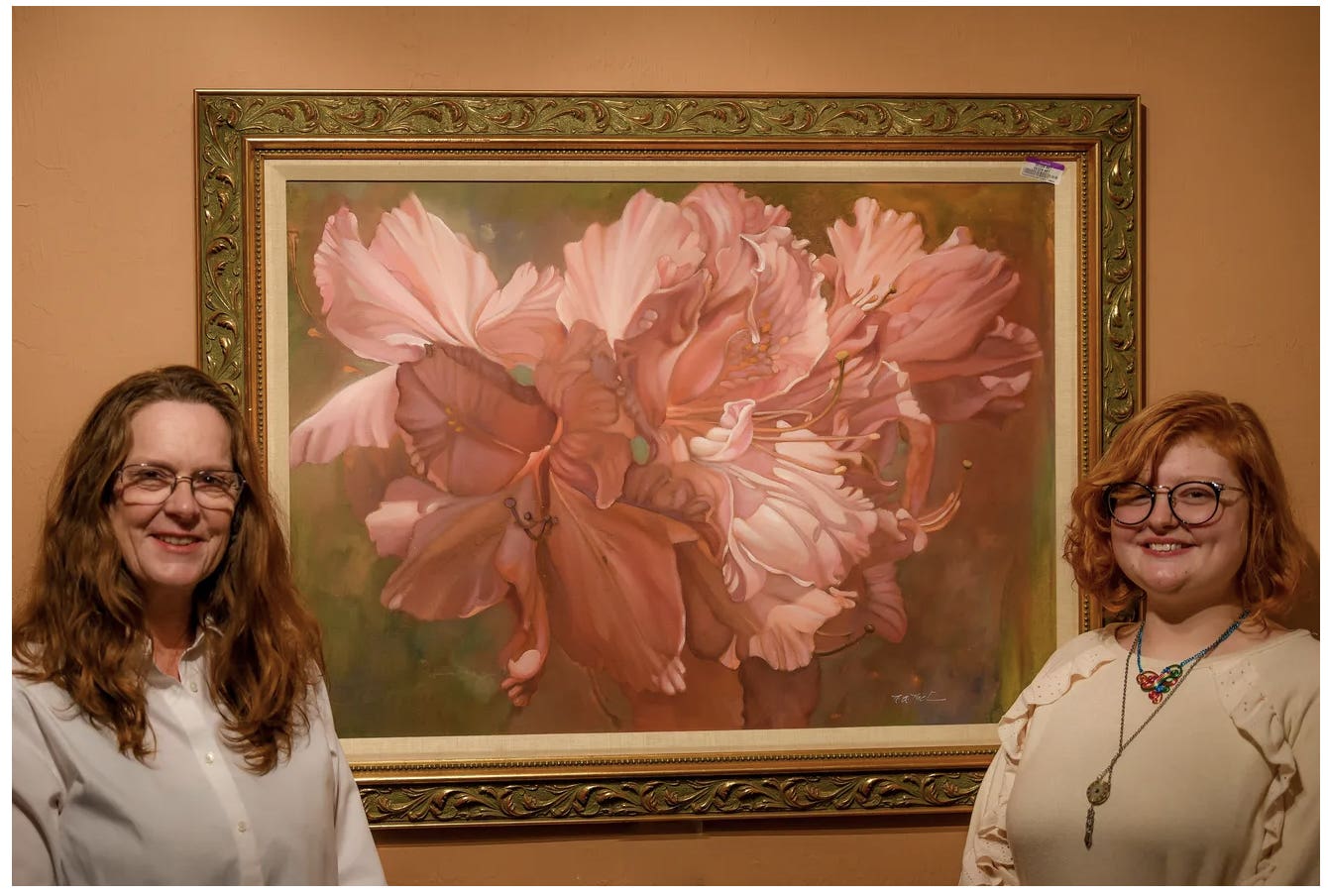The Art of Saying Grace
Norman Rockwell’s masterpiece, “Saying Grace,” created for cover of the 1951 Thanksgiving issue of The Saturday Evening Post, resonates as much today as when it debuted in the troubled 1950s.
In 1955, The Saturday Evening Post asked its readers to select their favorite cover painted by its most beloved artist, Norman Rockwell. It was not an easy decision.
Between 1916 and 1963, Rockwell illustrated 323 covers of the magazine. He was hugely popular, easily one of the most recognizable figures in American art for nearly three-fourths of a century.
Even so, nearly a third of the readers voted Saying Grace, the quietly poignant image of a grandmother and her grandson praying over a meal in a diner by a railway station, as their favorite Rockwell cover.
Painted in 1951, Saying Grace embodies Rockwell’s classic style and stands among the best work of his celebrated career. Saying Grace appeared on the cover of The Post’s Thanksgiving issue November 24, 1951, quickly becoming one of the magazine’s most popular issues.
Despite a glossy sheen of nostalgia often applied to the decade, the 1950s were a turbulent time. Each issue, The Post explained the thinking behind its cover art. The post-war uneasiness was reflected in The Post’s explanation of Rockwell’s work:
“The world is not too happy a place these days. There are wars and threats of wars. Anxiety and frustration are abroad, and in many quarters we see the bankruptcy of morals. So, suddenly comes the day to give thanks for the goodness of life. And perhaps this can be done most understandingly by someone like this little old lady who, wherever she may be, bows her head to say grace, speaking not analytically from the mind but spontaneously from the heart.”
A letter from a Post reader inspired Rockwell’s illustration. Mrs. Edward V. Earl of Upper Darby, Pennsylvania, wrote to Rockwell on November 27, 1950, about her experience witnessing a Mennonite family praying in an automat. According to the Norman Rockwell Museum, Mrs. Earl “observed a plain young woman with a little boy of about five. They walked by her with food-laden trays, laughing and happy to be in the restaurant. They took off their coats, hung them up and returned to their table at which two men were already seated, ‘shoving in their lunch.’ The young woman and boy folded their hands, bowed their heads and, for two minutes, said Grace.”
A small moment of appreciation for the goodness of life, captured as both art and as a reminder, remains as powerful today as it was some seventy years ago.
To discover more about Norman Rockwell, check out "Celebrating Norman Rockwell's Four Freedoms."
Paul Kennedy is Editorial Director of the Collectibles Group at AIM Media. He enjoys Mid-century design, photography, vintage movie posters and people with a good story to share. Kennedy has more than twenty-five years of experience in the antiques and collectibles field, including book publishing. Reach him at PKennedy@aimmedia.com.



